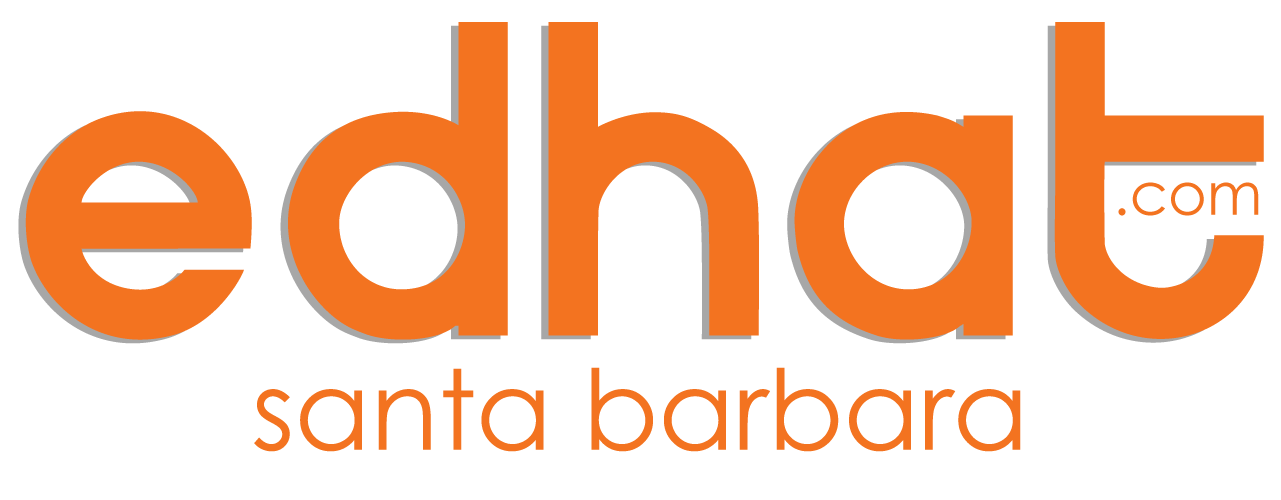By Alonzo
With all of the hubbub about eclipse eye protection I want to add that old fashioned photo negatives work really well. Stack 3-4 of them to start, then remove one or two if necessary until the eclipse
is clearly visible without hurting the eyes.
Update by an edhat reader
NASA is recommending against this method, it is WAY too variable and can easily cause permanent blindness





